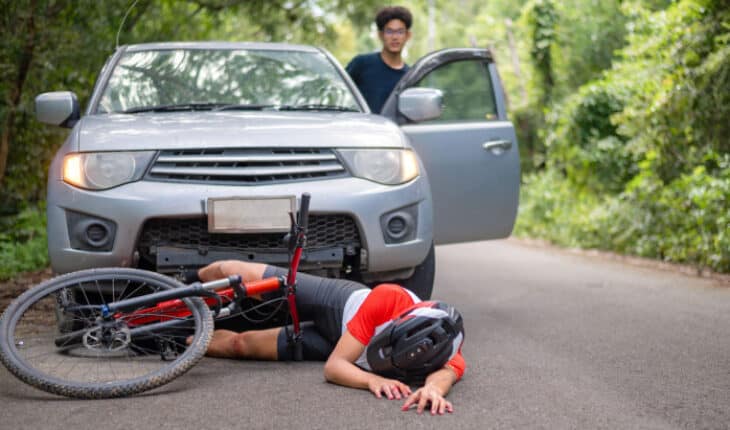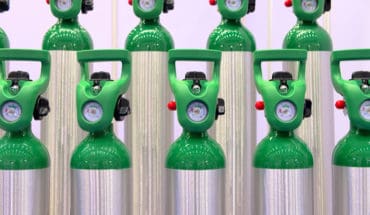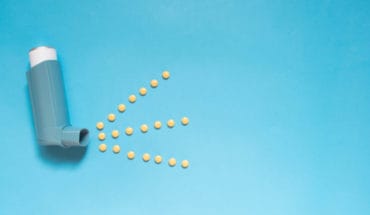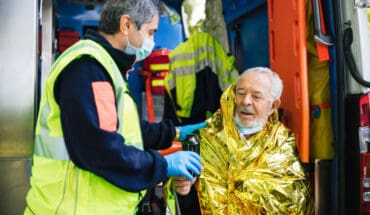This article outlines how you can provide help in the event of road accident.
Road Safety
Roads are busy with cars, buses, taxis, bikes and pedestrians. Since Covid19 many people are avoiding public transport. More families are out riding their bikes. At the same time, electric cars are also gaining popularity. They are silent, so you or your little ones may not hear them coming. Consequently our roads are dangerous places and road accidents are more and more common.
This article gives you a brief overview as to what to do in order to stay safe on the road. It will also guide you through how to help safely in the event of an accident. Take one of our First Aid courses to properly gain the confidence to help.
Pedestrians and Child Safety
Children struggle to judge speed and distance until they are at least eight.
- Show young children you’re serious about them holding your hand near the road. Toddlers may try to fight it but it’s a good time to stay firm. Especially with unpredictable traffic and distractions.
- You can start to teach the Green Cross Code from around five years. If you’ve forgotten your ‘stop, look, listen and think’, you can easily find the rules online. As we have noted above, electric cars are silent, so it is absolutely vital to depend on all of our senses.
- Many people, especially teenagers, get distracted by their phones when they are out. As a result, they are less aware of dangers in their surroundings such as other people or traffic. If your teenager insists on wearing their headphones, encourage them to opt for the ear bud types and ideally only use one side. Furthermore, the dark conditions in Winter increase the risk of danger. Read our article on Keeping children safe in the dark for more tips to protect your children on the roads.
- Children learn by copying what you do. Now more than ever, it’s helpful to set a good example before you step off the pavement.
Cyclists
Cyclists are particularly vulnerable road users and are more at risk in the event of a road accident. It is vital that all cyclists know what to do (and what not to do) if there is an accident. If you are cycling with children or teenagers, reinforce the importance of not overtaking lorries, buses and other large vehicles on the inside lane. Explain about their blind spots.
The simplest way to protect children (and yourself) is to wear a helmet every time. Even if it’s a quick cycle around the block or down to the park.
All road users should have basic first aid supplies with them, even if it is just a couple of calico triangular bandages.
Drivers
It’s mind boggling the difference speed makes to a child’s chances of survival if hit by a car. 20 mph means most children will survive, just more than 20 mph and nearly all will die, or at the least experience serious life-changing injuries.
- It is incredibly important to slow down in built-up areas or where you seeing children playing. It only takes a moment to take a life.
- Avoid the temptation to look at your phone when driving. If you get into the habit of keeping it out of reach, it makes that easier.
- No matter how short your journey, remember to use the right child car seat or booster seat for your child’s weight and height.
Car drivers and motorcyclists should have an appropriately stocked kit: advice as to what to put into your kit can be found here.
What to do in the Event of a Road Accident
The following is a step by step approach as guidance, should you be the first on scene at an accident:
First steps:
- When approaching an accident scene it is really important to ensure your own safety. Make sure that all traffic has stopped. Ensure everyone is aware that there has been an accident otherwise there may be additional casualties.
- Be aware of oncoming traffic to ensure that it is not posing an additional danger. Note if there is any fuel spillage or potential fire risk – turn off car ignitions if possible. Put on vehicle hazard lights and use a warning triangle if there is one available.
- If other people are around; get them to phone the emergency services. If you are on your own, assess the situation and treat any life threatening conditions first.
- Quickly establish how many vehicles have been involved. Assess the occupants of all the vehicles to ensure no one has life threatening injuries.
Check the Quiet Ones First:
- People screaming, crying and making a noise have to be breathing – your initial priority is therefore to check anyone quiet and not moving.
- Quickly check if quiet casualties are responsive: – if there is no response check if they are breathing. If they are unresponsive and breathing ensure they are in a position where they are leaning forward or to one side in a position where the airway will remain open. Move them the minimum necessary and avoid twisting them. Keep talking to the casualty calmly as they can hear you even if they are unconscious. Keep them warm.
Important checkpoints:
- If the person is not breathing you will need to resuscitate – if you are on your own and have not called an ambulance – do this now and ask their advice as to the best way to resuscitate, as this is not easy to do in a car.
- Only remove an unconscious person from a vehicle if there is an immediate danger to their life from fire, flood, and explosion. Ask the emergency services over the phone for their advice as to what you should do. It is very difficult to remove an unconscious person from a vehicle and there is a major danger that you could worsen their injuries and injure yourself in the process.
- Conscious casualties should be in the care of bystanders and removed from the wreckage to a safe area. Be aware of confused and dazed casualties who may wander into danger. Brief the bystanders to keep the casualties warm and calm and help them to contact the next of kin. Look for any major bleeding and life threatening injuries and treat these first.
- Note the nature of the wreckage and be aware of possible injuries as a result: bodies are softer than metalwork, so if there is major damage to the vehicle it is possible that there could be internal injuries to the casualty – ensure the bystanders notify you if there is any change in the casualty’s condition.
- You should monitor anyone trapped in a vehicle carefully and notify the emergency services immediately, this includes the exact time of the accident. If there are additional people around, show them how to support the person’s neck to avoid them twisting as there is the possibility of a spinal injury.
- Wear gloves and apply dressings if trying to control severe bleeding.
Be Careful How and When you Move Them:
- Only remove a motorcyclist’s helmet if they are unconscious and there is no other way to assess their breathing or their airway is in danger. There is usually a way of lifting the visor, it may be sensible to loosen their chin strap. Take a look at our article on How to remove a motorcycle helmet following an accident.
- If a casualty has been hit by a car and they are lying on their back unconscious and breathing – they should be carefully rolled into the recovery position to keep their spine in line. This should ideally include the support of others to avoid twisting the spine.
- If a casualty has been hit by a vehicle or thrown from one and they are conscious in the road, they should try to keep still. Ensure that someone is directing traffic and maintaining safety. Support their head and neck, keep them warm and dry and wait for the emergency services.
- What is a seizure? - 13th March 2025
- Febrile Convulsions and Seizures in Children - 13th March 2025
- Why women are less likely to receive CPR or survive cardiac arrest - 6th March 2025







